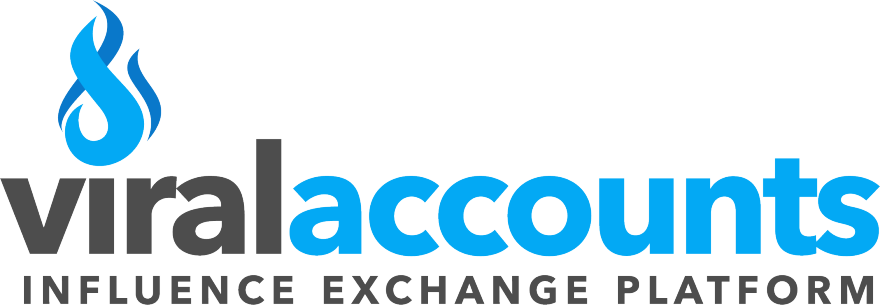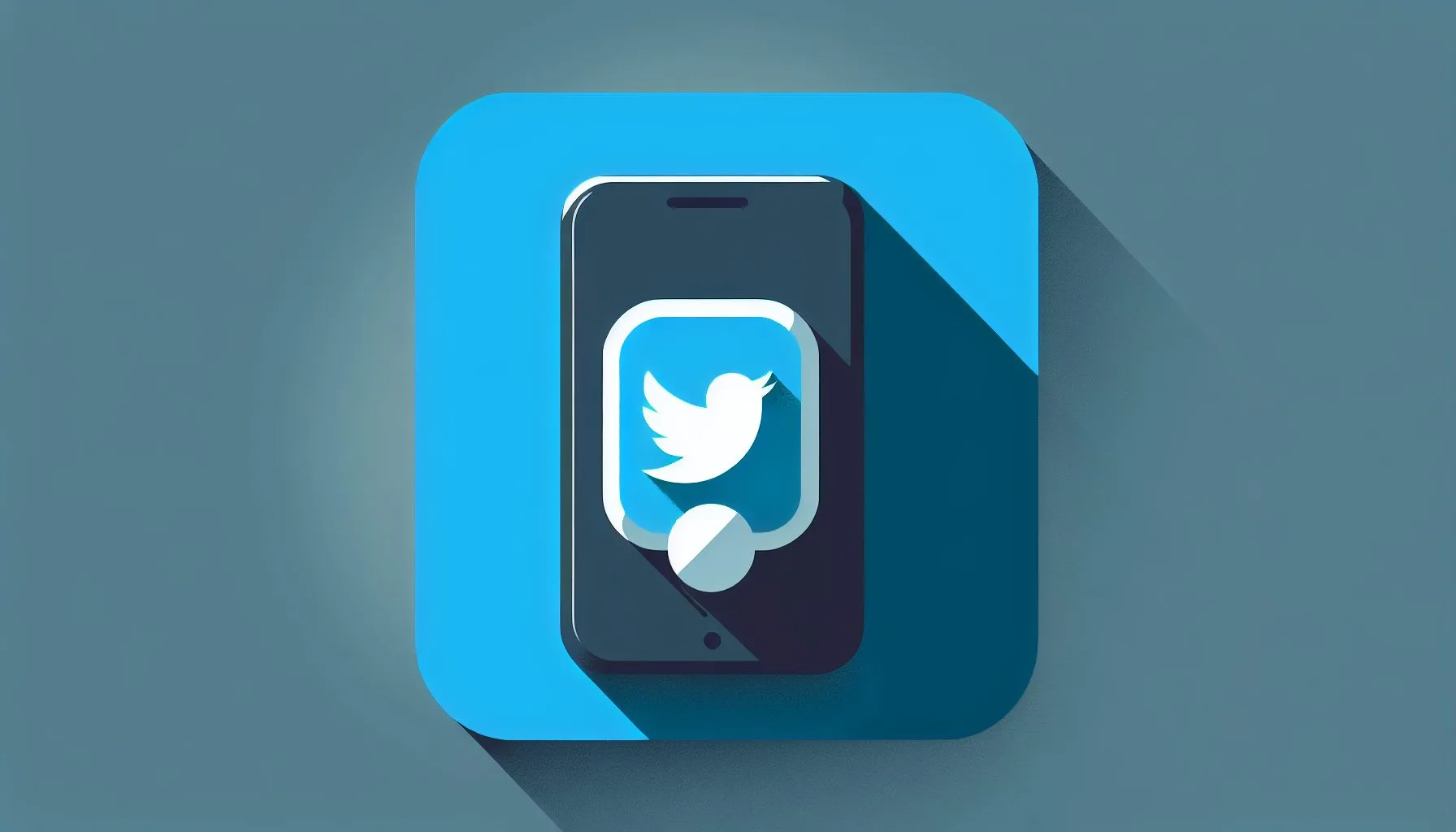Interesting Facts
In a world where sharing moments, thoughts, and opinions on social media feels as natural as breathing, privacy can often seem like a rare luxury. Many of us open Twitter accounts to express ourselves or connect with communities, but over time, concerns about who sees our tweets and how much control we have over our information rise to the surface. If you’ve ever wondered, “How do you make a Twitter account private?” you’re certainly not alone. Protecting your online presence is more important than ever, and Twitter’s privacy settings are designed to help you take control.
Let’s take a closer look at what having a private Twitter account means in 2024, why you might want to make the switch, and how the process works step by step. Along the way, I’ll share insights into the impact of choosing privacy, the limitations it brings, and alternative ways to shape who can see your content.
The Appeal of a Private Twitter Account
Imagine sitting down with a notebook, jotting down your thoughts — maybe poetry, personal reflections, or opinions on delicate topics. You want to share these, but the thought that strangers, or even acquaintances you don’t know well, might scroll through your tweets is unsettling. That’s exactly where the “Protect your Tweets” feature comes in. It acts like a gatekeeper guarding your words.
When you switch to a private Twitter account, only people you approve as followers can see your tweets. This simple step lets you reclaim control of your digital footprint without having to delete your account altogether. Suddenly, your tweets are shielded from the public eye and less vulnerable to random retweets or unsolicited sharing.
In 2024, with constant algorithm changes and a growing focus on data privacy, this feature has become essential. Sometimes, the urge to keep online interactions intimate, or to maintain clear professional or personal boundaries, drives people to turn on privacy controls. Whether managing a small community or simply wanting a safer space on social media, private accounts offer peace of mind.
How Do You Make a Twitter Account Private? Step-by-Step Guide for 2024
Making your Twitter account private isn’t complicated, but having a clear roadmap helps, especially if you’re new to Twitter’s settings.
- Open the Twitter App
Start by launching the Twitter app on your smartphone, whether it’s iOS or Android. You can also do this on a desktop browser, but mobile access makes privacy control fast and easy. - Go to Your Profile Page
Tap on your profile icon or your photo in the top left corner to open the sidebar menu. - Access ‘Settings and Privacy’
Scroll down a bit and select ‘Settings and privacy.’ This section is your command center for managing how your account behaves. - Navigate to ‘Privacy and Safety’
Within settings, find the tab labeled ‘Privacy and safety.’ Here’s where you control who sees your content and how your information flows. - Enable ‘Protect Your Tweets’
Find the ‘Protect your Tweets’ option and toggle it on. Twitter will instantly switch your tweets to private, meaning only approved followers can see them. If you want detailed tips on the process, this how to make a Twitter account private guide walks you through all the steps.
After activating this, any new follower requests need your approval before that person can access your tweets. Your existing followers maintain their access, but anyone who wasn’t following you before must wait for your okay.
Explore Our Professional Social Media Services to Elevate Your Twitter Privacy
What Changes When You Protect Your Tweets?
Protecting your tweets shakes up more than just who can read your posts. Here’s what else to expect:
- Your Tweets Are Hidden from Public Timelines and Searches
Your posts no longer pop up in general Twitter timelines or search results unless a follower looks for them. - Restricted Interactions
Users you don’t follow can’t reply to your tweets or interact directly unless you accept their follow request. - Professional Account Features Are Disabled
If you use Twitter professionally, enabling tweet protection turns your account back to a personal status. This means losing access to business-focused tools like detailed analytics and promotional options. - Limited Retweet Visibility
Only mutual followers of you and the retweeter can see your retweeted content, narrowing your tweet’s reach.
It’s like swapping a megaphone for a whispered conversation among trusted friends.
Why Choose Privacy Over Public Presence?
Twitter naturally encourages you to broadcast your voice to a broad audience. But choosing privacy offers a different kind of freedom — the comfort of control. Here are some reasons people opt for private accounts:
- Shielding Against Harassment
Public tweets open doors to unwanted or aggressive responses. Privacy settings create a barrier, helping fend off trolls and online bullying. - Setting Boundaries
Privacy lets you separate your personal life and thoughts from your professional world or casual acquaintances, preserving your own space. - Curating Your Audience
Only people you trust or know see your content, fostering a positive, supportive environment. - Testing New Ideas or Sharing Sensitive Material
Maybe you’re experimenting with writing or sharing emotional experiences — private accounts offer a safer testing ground.
Choosing privacy can be about protecting your mental space as much as your digital one.
Potential Downsides to Consider
Of course, privacy isn’t without its challenges. When you close your Twitter account off from the public, certain trade-offs come into play:
- Reduced Discoverability
Your tweets won’t appear in hashtag streams, trending topics, or public searches, which can slow growth if you’re trying to build a brand or gain followers. - Follower Requests Need Attention
Approving or denying followers can feel like a small but ongoing chore, especially if requests pile up. - Less Professional Flexibility
Switching from professional to personal status removes features that marketers and influencers often rely on.
Understanding these limits helps you decide what balance works best for you.
Twitter Privacy Controls Beyond Protecting Tweets
Protecting your tweets is the most straightforward way to get privacy, but Twitter also offers other settings that fine-tune your control without going fully private:
- Hide Your Location
You can choose whether or not to include your location in tweets, helping keep your real-world whereabouts private. - Control Who Can Tag You
Adjust who is allowed to tag you in photos — options range from anyone, only people you follow, or no one at all. - Mute or Block Users
If certain accounts bother you, muting or blocking them keeps your timeline free from unwanted content. - Limit Who Can Send You Direct Messages
Restrict DMs to certain users or turn them off to avoid unsolicited messages.
Privacy in the Age of Social Media Fluidity
Twitter isn’t just a platform for casual sharing anymore. It’s a place where breaking news spreads quickly, communities form, and sometimes conflicts arise. Handling your presence on Twitter thoughtfully can protect your mental wellbeing.
Still, marking your account as private doesn’t guarantee total control — screenshots, reposts outside Twitter, or word of mouth can spread your messages beyond your chosen audience. Privacy settings are a tool to help you guard your space, but nothing online is ever completely sealed.
It’s normal to revisit these choices regularly, adapting your privacy settings as your needs and social circles evolve.
Personal Reflections: The Human Side of Privacy Choices
I once spoke with a close friend who had built a large public Twitter presence over years. After a distressing episode of online harassment, she switched her account to private. She told me it felt like stepping out of a noisy crowd into a quiet, cozy room where she could invite only trusted friends. That shift made Twitter feel safe again — a place for genuine connection rather than anxiety.
Conversely, some people hesitate to make their accounts private out of fear that it will stifle spontaneity or lessen engagement with new ideas and audiences. It’s a delicate balance between visibility and privacy, shaped by your own tolerance and goals.
Have you ever wondered who really sees your tweets? Or worried that private thoughts shared online might slip beyond your circle? The “Protect your Tweets” option is here to offer a sense of control and calm in a noisy digital world.
Frequently Asked Questions About Twitter Account Privacy in 2024
Can I make my Twitter account private on a desktop?
Yes, the same steps apply on desktop. Visit “Settings and privacy,” then “Privacy and safety,” and enable “Protect your Tweets.” The interface may look slightly different, but all privacy controls are available.
Will people know if I make my account private?
Your current followers won’t get a notification. However, anyone trying to follow you after you switch will see a “request pending” message, signaling your account is private.
Can I switch back to public at any time?
Absolutely. Simply toggle off “Protect your Tweets,” and your account returns to public visibility instantly.
Do protected tweets appear in search engines?
No, protected tweets are excluded from public search results and Twitter’s public timelines.
Does protecting tweets stop others from sharing my content entirely?
While retweets are restricted, followers can still screenshot or copy tweets. Complete privacy is not possible, but protecting tweets significantly limits your reach.
In Conclusion: Taking Charge of Your Twitter Space
Understanding how to make your Twitter account private is about more than just keeping eyes away — it’s about reclaiming control over your digital conversations. Enabling “Protect your Tweets” is an easy yet powerful way to carve out a personal space in the sprawling digital landscape.
Whether motivated by safety, intimacy, or managing the audience around you, Twitter’s privacy settings offer valuable tools to navigate social sharing’s complex terrain. Remember, privacy is flexible — you can always adjust settings as your needs change.
In the ongoing dance between connection and discretion, these controls remind us that your social media experience should feel authentic and comfortable — whether raising your voice to a crowd or whispering to close friends. The choice is yours.
For those interested in expanding their social media reach or enhancing their accounts, exploring professional services like social marketing and brand awareness can be beneficial. Additionally, if you’re looking to securely buy or sell accounts, platforms like ViralAccounts marketplace provide a trusted environment for these transactions.
Can I make my Twitter account private on a desktop?
Yes, the same steps apply on desktop. Visit “Settings and privacy,” then “Privacy and safety,” and enable “Protect your Tweets.” The interface may look slightly different, but all privacy controls are available.
Will people know if I make my account private?
Your current followers won’t get a notification. However, anyone trying to follow you after you switch will see a “request pending” message, signaling your account is private.
Can I switch back to public at any time?
Absolutely. Simply toggle off “Protect your Tweets,” and your account returns to public visibility instantly.

